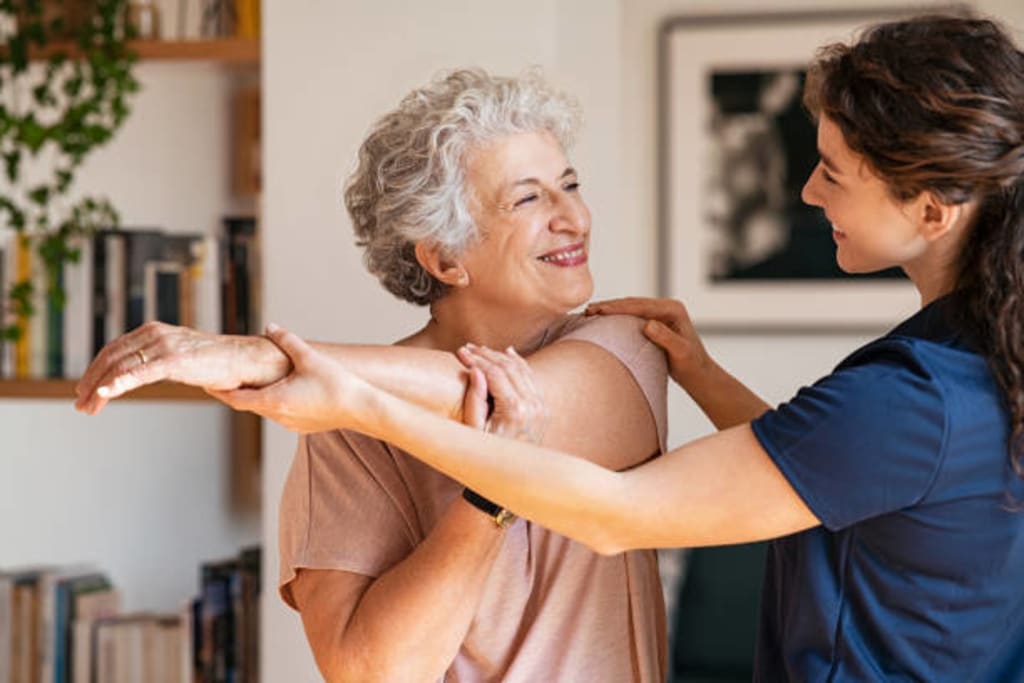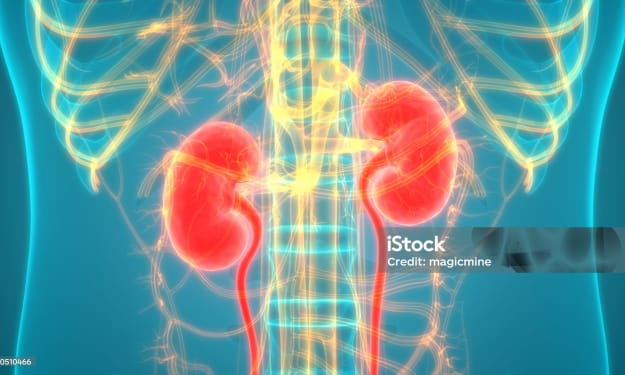Physiotherapy Techniques
Maitland, Mulligan and Kaltenborn

Maitland's Grades:
Grade 1 :
Short Amplitude with in slack and back to complete relaxation.
Grade 2:
Large amplitude always back into complete relaxation (end range not achieved).
Grade 3 :
Large amplitude from mid range until maximal end range of movement.
Grade 4:
Short amplitude always in close to end range of motion.
Grade 5:
Thrust manipulation which is high velocity thrust with low amplitude at end range of motion.
Kaltenborn:
Grade 1: (Loosen)
Small amplitude distraction is applied where no stress is placed on capsule. It equalizes cohesive forces, muscle tension and atmospheric pressure acting on joint.
Grade 2: (Tighten)
Enough distraction or grade is applied to tighten tissues around joint, Kaltenborn also known as "Taken Up Slack"
Grade 3: (Stretch)
A distraction or glide is applied with an amplitude large enough to place stretch on joint capsule and surrounding periarticular structures.
Brain Mulligan:
MWM (Mobilization With Movement) pressure applied on peripheries in weight bearing position such as sitting to reduce pain.
Sustained Accessory Mobilization applied by therapist and Active Physiological Movement to end range applied by patient.
NAGS (Natural Apophyseal Glides):
Pressure applied on cervical spine in sitting position by therapist. First stabilize and osscilatory mobilization applied between C-2 to C-7
Reverse NAGS (Natural Apophyseal Glides):
Pressure applied on upper thoracic spine by therapist.
It is used to decrease pain and increase ROM (Range Of Motion).
Found helpful in elderly patient (Gross ROM Restriction).
Good for testing irritability in cervical spine.
Relief soreness after manipulation.
Contraindications Of NAGS:
Spinal Fractures
Spinal Infections
Osteoporosis
Severe Nerve Compression (radiculopathy)
SNAGS (Sustained Natural Apophyseal Glides):
Pressure applied on thoracic and lumber spine including ribcage and sacroiliac joint.
Cervical Angle: 45 degree
Thoracic Angle: 60 degree
Lumber Angle: 90 degree
Applied appropriate zygopohyseal glide while patient perform symptomatic movement. This result in full range pain free movement.
McKenzie Method:
To test pain we have to perform flexion , extension and lateral bending (side bending), If there is a problem or pain while doing flexion then these must be posterior protrusion of disc cause spinal nerve compression.
If there is a pain alleviating or radiating upward or either in lower direction in spine while doing extension then there must be anterior protrusion of disc.
About the Creator
umamanidrah
Hello to all, My name is Umama Nidrah and by profession I'm a physiotherapist and I am seeking for Article writing , Blog writing that is related to health with some interesting initiatives which are also uptodate.






Comments
There are no comments for this story
Be the first to respond and start the conversation.